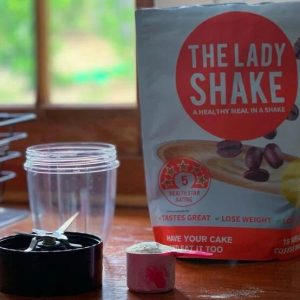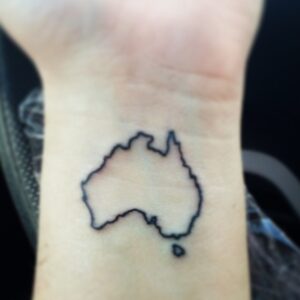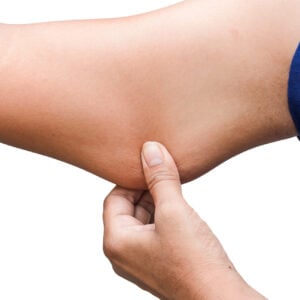
Quite often I’ve had some type of new bump somewhere on the body.
.. and Googling ‘What is that bump on my skin?’ can be quite frustrating when there are so many types of bumps, rashes, pimples etc out there. And believe it or not – I’ve had about 10 enquiries in the last MONTH about pimples, pus and pustules!
So here are all the lumps, bumps, itches and pus that you could have on your face (and other places!)
More Reading:
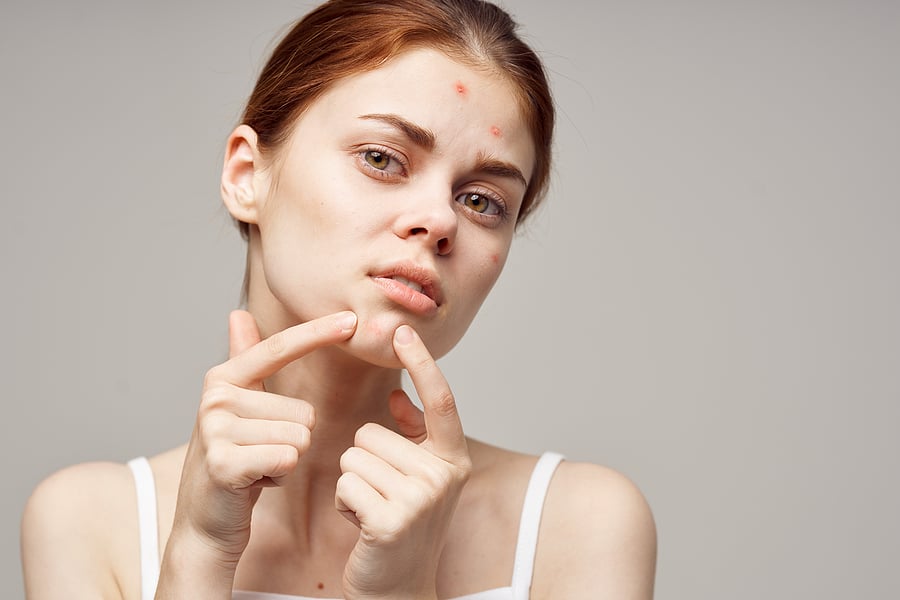
In-Grown Hairs
Ingrown hairs can be ugly, full of puss and painful. And in-grown hairs are very common, especially in the pubic area (ouch ouch ouch!). Ingrown hair happens when hair has been removed via waxing, shaving or tweezed out – and the hair grows back into the skin rather than out of the skin. This causes inflammation – and the pimple-like painful result is ingrown hair.
What do In-Grown Hairs Look Like:
Here are a few different images of ingrown hair.
How to Treat In-Grown Hairs:
Most of the time in-grown hairs will go away of their own accord. Giving the area a gentle exfoliation is a good way to prevent them, however, if they are particularly painful or you pick at them, they can get infected. A warm compress can ease the pain.
If you are particularly brave, you can use a sterilised needle to ‘lift’ the hair out of the skin – but please be careful doing this.
If left too long, ingrown hairs may form an abscess which can result in infection and illness. If this is the case, make sure you get it looked at by your local Doctor who may make an incision to release the build-up of pus (gross!) and prescribe a course of antibiotics.
Bump Eraser has a range of products that reduce in-grown hairs.
Keratosis Pilaris
These bumps appear as hard little lumps that feel like sandpaper. They are little bumps of dead skin cells and keratin, usually found on underarms, shoulders, upper arms and backs. These occur from dry skin or a hot tropical climate and are usually mistaken for pimples. They can have a small amount of what looks like pus in them, and feel like tiny cysts. They aren’t dangerous, and they are very common – in fact, most people have a few at any given time.
How to treat Keratosis Pilaris:
Make a paste of bicarbonate of soda and water and apply to the area. Give a quick scrub and remove. If you do this regularly, it should reduce the problem. Keratosis Pilaris is not a dangerous medical condition. Regular exfoliation of the skin can initially make the condition worse, but long term will assist in prevention.
More Reading: What You Need to Know About Keratosis Pilaris
Calcium Deposits
Calcium Deposits are the build-up of calcium that comes up to the top of the skin in a white, yellow or pimple like bump. It is caused when abnormal amounts of calcium phosphate are deposited into the body’s soft tissue. The bumps can appear in different sizes and are often mistaken for stubborn pimples as when squeezed, the bumps can omit a chalky white substance. However, even on popping these deposits, the bump will not go away.
How to Treat Calcium Deposits:
These need to be seen by a dermatologist as they need to be professionally removed. They are usually removed via a heated needle and take a few weeks to heal.
Cellulite
Cellulite is a perfectly normal and natural phenomenon that 80 – 90% of women carry usually on their thighs and bottoms. Cellulite is just a different distribution of fat and is more common in women than men due to the higher fat concentrations in those areas.
Cellulite can be lessened with a good diet and regular dry-brushing, but cellulite is relatively hard to treat.
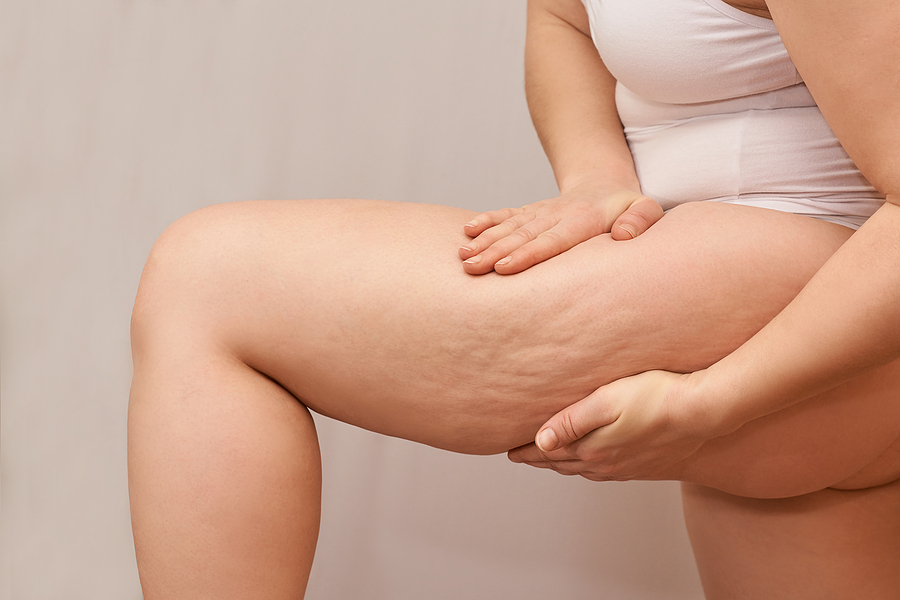
Acne
Acne can come in many different forms, being red or pus-filled bumps of different sizes on your face, back, chest and back. Acne is a more serious condition than occasional pimples through puberty. Acne affects the oils glands as they produce sebum and protrude through your pores. There are many different causes of acne – hormones, diet, medication, and stress can all be factors causing acne.
How to Treat Acne:
Mild acne is a fact of life, but if it starts to become very inflamed or painful, see your local GP. There are many medications and treatments that can be used to reduce the severity of acne and it is the sort of problem that really needs medical intervention.

Blackheads
These are small dark-coloured bumps or ‘dots’ that appear on the skin, particularly on the face. They are a mild type of acne caused by clogged hair follicles and when the skin is producing too much oil clogging your pores. They can appear in all the same spots as acne can. They are usually particularly bad in the nose area.
How to treat blackheads:
Using AHA’s in your skincare goes a long way in preventing blackheads.
Or: Two words: Professional Extraction. See your local beautician who can organize a facial and extraction of the blackheads.
More Reading: Is Glycolic Acid the Key to Curing Blackheads (Yes, Yes it is!)

Melanoma
Melanoma is a very serious form of skin cancer and demands urgent medical attention. Melanoma usually (but not always) appears on the skin that is most exposed to sunlight. In Australia Melanoma is the third most common type of cancer.
If you have a mole that suddenly darkens, changes colours, grows quickly or has an irregular shape, get this checked immediately.
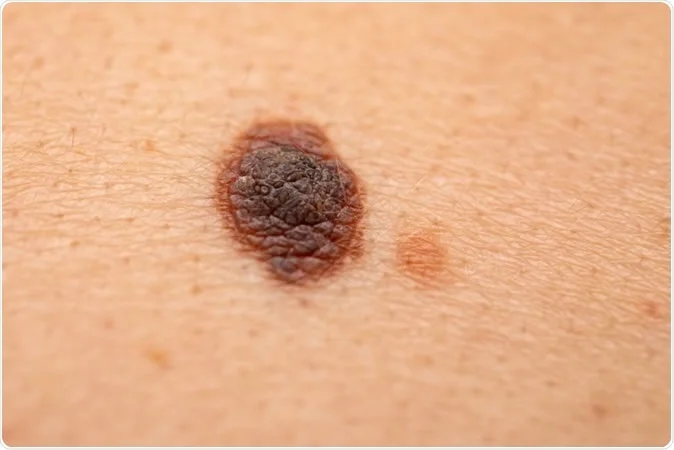
Milia
Milia are tiny white bumps that appear on the face, usually around the eyes. They are tiny cysts created when small flakes of skin become trapped near the surface and are often ‘milky’ in appearance. Milia are common in newborn babies (usually known as Milk Spots) and are totally harmless.
How to Treat Milia:
In babies, the Milia will usually always go away within a few months on its own. In adults, Milia can be lanced (by a dermatologist) or even by lasering the skin surface.
Psoriasis
This appears as scaly skin, which is usually red, flaky and itchy. It is caused by the over-production of skin cells by an inflammatory response from white blood cells, it can occur in people with heart disease and diabetes. Climate can also be an affecting factor. it is found on knees, elbows, hairlines and necks. Psoriasis can be a symptom of an immune disorder.
How Psoriasis can be treated:
Psoriasis really needs to be addressed by a doctor. Usually, medical intervention involved topical ointments, light therapies, and medication.
Dermatitis or Eczema
Also known as a rash, dermatitis or eczema comes in different forms, it is usually red, itchy and sensitive. It can be caused by an allergic reaction or infection of sorts, usually from white blood cells attacking the foreign substance on the skin. There are many forms of dermatitis and sometimes the cause is unclear. It is usually worse in people that often get their hands wet.
How Dermatitis Can be Treated:
Although there is no actual cure for dermatitis, but it can be managed with topical creams and medication. See your local doctor to rule out any allergies and other causes.

Boils
A boil is a very painful pus-filled bump that is caused by an infection under the skin or through a hair follicle. Boils appear as round reddish, whiteish, protruding lumps and can be found anywhere on the body. They occur when bacteria gets under the skin, the body then produces pus in response which collects under the skin.
How Boils Can be Treated:
Most boils will resolve themselves. Applying warm compresses can help with the pain. If the boil becomes unusually large or painful, see a doctor who can lance the boil and/or prescribe antibiotic treatment.
Razor Rash or Razor Burn
These bumps are caused by razor shaving without softening the skin or using shaving cream. They appear as little red, itchy and stingy bumps, usually found on males faces, jawlines and cheeks. Or women’s legs and armpits, places where people shave.
How to Treat Razor Rash Bumps:
Make sure your razor is new and sharp and always use shaving cream (if you don’t have shaving cream, conditioner works great!). Warm compresses can help. Razor Rash Bumps don’t require medical intervention unless they become inflamed or infected, then it’s advisable to see your doctor.

Cold Sores
These are blisters that appear around the mouth and are caused by the herpes simplex virus and are spread very easily (especially from kissing!). It is believed 90% of the population carry the Herpes Simplex infection, but just because you carry it, that doesn’t necessarily mean you will get cold sores. The infection flares up when your immune system is low, and can reoccur numerous times throughout most of an adult’s lifetime.
How to Treat Cold Sores:
Cold Sores can be managed, but the herpes virus itself can’t be cured. When cold sores flare-up, avoid touching another person with your mouth. It is reported that the number of cases of genital herpes has increased due to the increased rates of oral sex in the community. Topical ointments are available from your local chemist. If the infection spreads, see your Doctor.
Over-the-counter preparations for Cold Sores include: Zovirax, Compeed Cold Sore Patches and Virasolve.
See our article on 8 Home Remedies for Cold Sores
Scabies
Scabies is red, itchy blister-like bumps caused by mites which cause a skin infection. The mites lay eggs under your skin and spread when hatched. Scabies is spread through prolonged physical and sexual contact, it can also be spread through bed linen and material surfaces. It is usually found all over the body but can be very common around the wrist area. Scabies are highly contagious often go through schools or nursing homes at alarming rates.
How Scabies Can be Treated:
See your Doctor for the medicated cream to kill scabies.
Warts
These bumps are small skin growths that occur via viral infections, they appear as protruding, round, lumps of skin. They usually disappear by themselves but can be removed by doctors if needed. They can be very painful, especially if they grow on the bottom of feet (which are called plantar-warts). Knocking warts usually makes them bleed.
How to Treat Warts.
There are loads of over-the-counter preparations for the treatment of warts, including home-freezing kits (which are very effective). A trip to your local Doctor though to have them professional frozen off is very effective.
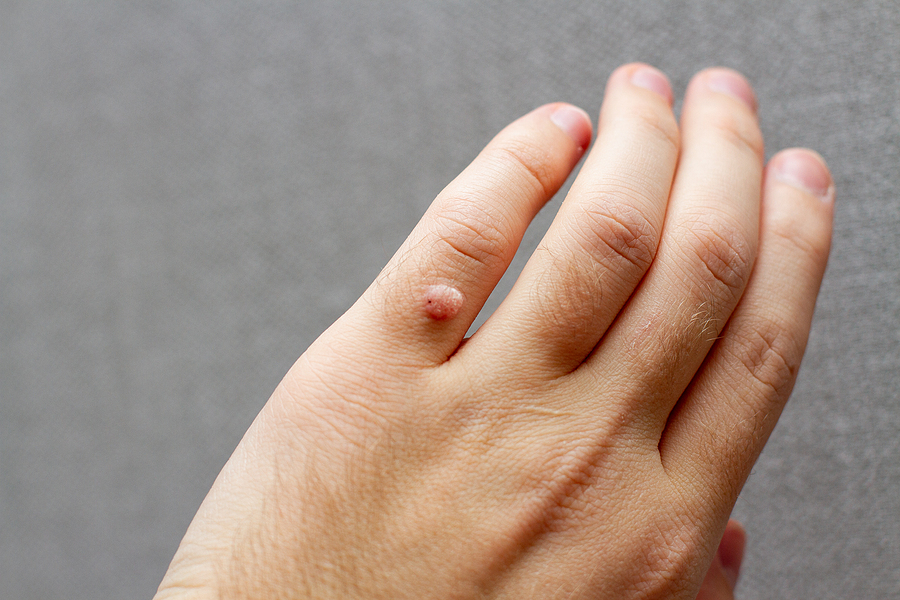
Our pick:
School Sores (Impetigo)
This is a very contagious skin disease, especially in children. It is caused by Staphylococcus or Streptococcus bacteria which is situated on the skin. The sores are red, blister-like and weep. They usually appear around the mouth and nose.
How to Treat School Sores:
You will need to see your local Doctor for treatment of school sores. Antibiotics are the usual treatment along with an antibiotic cream such as Bactroban.
See our article on School Sores for more information.
Cellulitis
Cellulitis is a bacterial infection that is caused by Staphylococcus or Streptococcus bacteria. It is usually caused when the skin has broken where the bacteria can enter. It appears as red, tender skin and can spread quite quickly – and can sometimes ulcerate. Cellulitis can spread quite quickly and the skin appears red, inflamed and swollen.
How to Treat Cellulitis:
See a doctor immediately. Cellulitis is a serious medical condition that can be life-threatening. Treatment will involve a strong course of antibiotics and often results in hospitalization for intensive treatment.
Nodules
Nodules are abnormal growths under the skin, they can appear in deeper layers of tissue, they can be mistaken for cysts or boils. There are multiple types of nodules, they can be caused by injury, hormones and even iron deficiencies. They appear as round lumps from under the skin.
How to Treat Nodules:
It really depends on what is causing them. Get them checked out by your local doctor to make sure you have the correct diagnosis.
Lipomas
These bumps are harmless hunks of fat deposited under the skin, they can be found all over the body. The causes for these aren’t really known. They appear as large, round, bulging lumps under the skin. If you have ever watched an episode of Doctor Pimple Popper, you can see some really MASSIVE Lipomas that resemble raw chicken flesh when they are removed. Gross but so satisfying!
How to treat Lipomas:
Treatment usually isn’t necessary however if they become painful they can be surgically removed. You will need to see a Dermatologist.
Actinic Keratosis (Age Spots)
These bumps are more so flat against the skin and are brown, black or grey colour. they occur in sun-damaged skin areas and are a result of the overproduction of melanin. They are usually found in elderly people with fair skin and a history of being exposed to frequent UV light.
How to Treat Age Spots:
Age spots are harmless and don’t need medical treatment. Prevention is better than cure with the use of sunscreen and hats. Skin lightening solutions available from your local chemist can help, or a dermatologist can ‘freeze’ them off – but this often leaves a pale mark in the place of the spot.
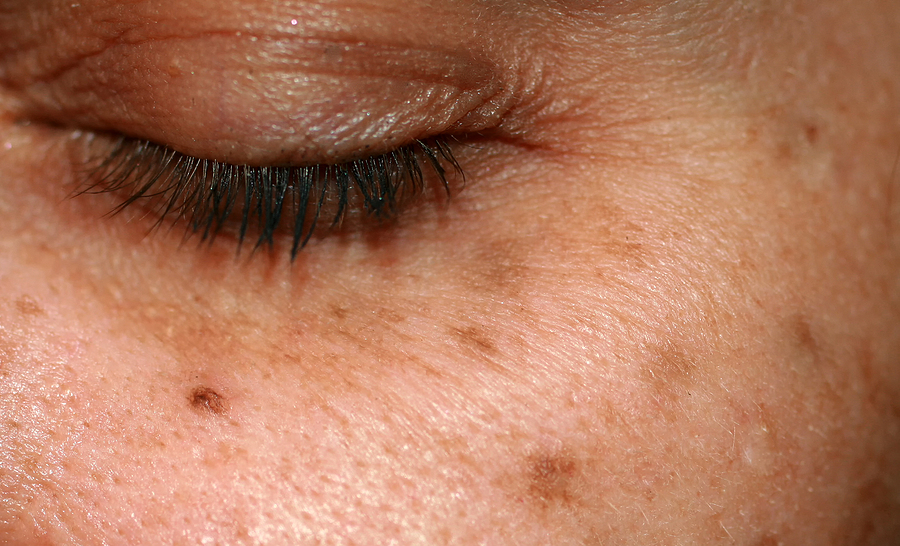
Seborrheic Keratosis (or Scaly Moles)
These are wart-like bumps, that have skin lesions developed over time. this is caused by elderly age, sun exposure and can also be generic. They are one of the most common non-cancerous growths on people over 40. they are common on the face, chest, shoulders and back and have a waxy type appearance. They can also be known as ‘Scalies’.
How to Treat Seborrheic Keratosis:
As they can be dark in colour, it is always best to have a Doctor rule out melanoma and make sure the growth is indeed a seborrheic keratosis. Once diagnosed, they are harmless but can be frozen off.
Cherry Angioma
Cherry Angiomas are common skin growth that can appear on any part of the body. They are often found in older people aged 30 and above. Pregnancy seems to increase the incidence of bright red lumps. They are made up of a collection of capillaries that form a ‘dome’ or round spot that is cherry in colour. They often bleed profusely if they are knocked or picked.
How to Treat Cherry Angioma:
Cherry Angiomas are not dangerous and do not warrant treatment. However,if they are to be removed for comedic reasons, a dermatologist will need to be consulted. They are usually treated with laser or IPL.
Sebaceous Cyst
A sebaceous cyst is a harmless slow growing cyst under the skin. It is usually found on the shoulder, neck or face and is caused by injury to the skin or blocked glands.
How to Treat a Sebaceous Cyst:
If the cyst isn’t bothering you, then it doesn’t require treatment. However, if it becomes painful or infected, your doctor can lance the cyst.
So these are the most common lumps and bumps that appear on your skin. Of course it isn’t an exhaustive list – but if you have a dodgy lump or bump, make sure you get it checked out!
If you become concerned about any symptoms please seek immediate medical attention we have some hotlines and suggested websites for further information and advice https://www.stayathomemum.com.au/my-kids/babies/important-hotlines-websites/


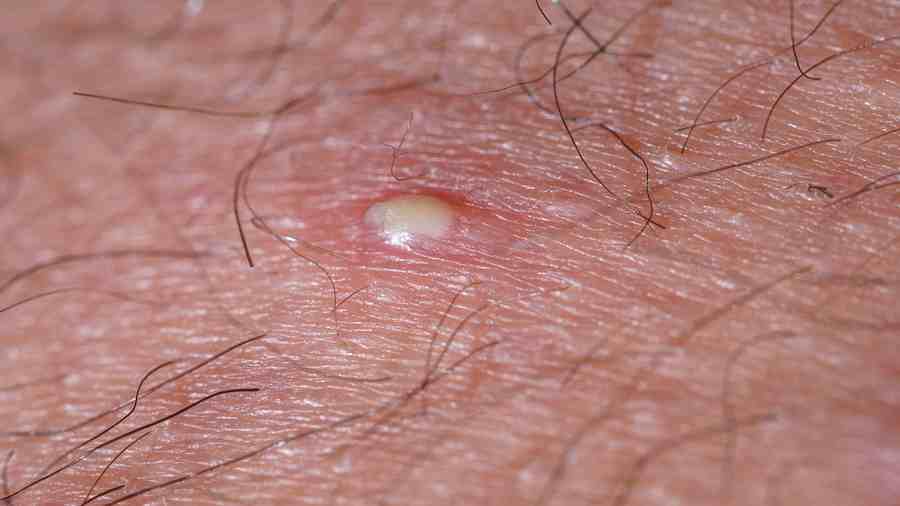

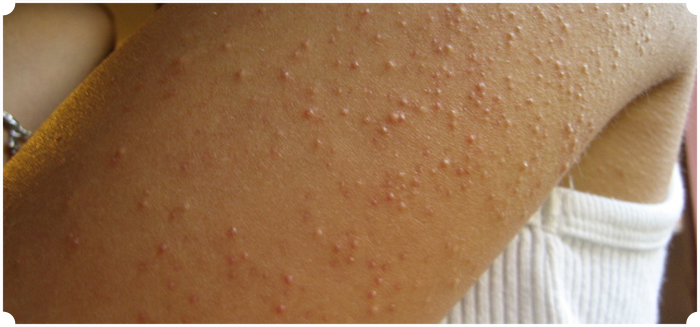
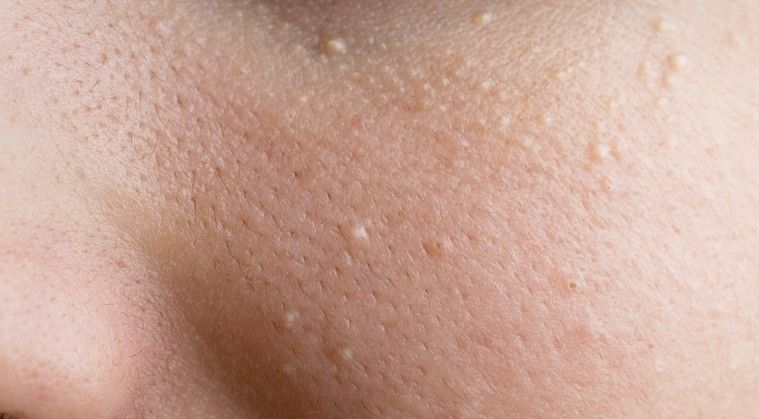
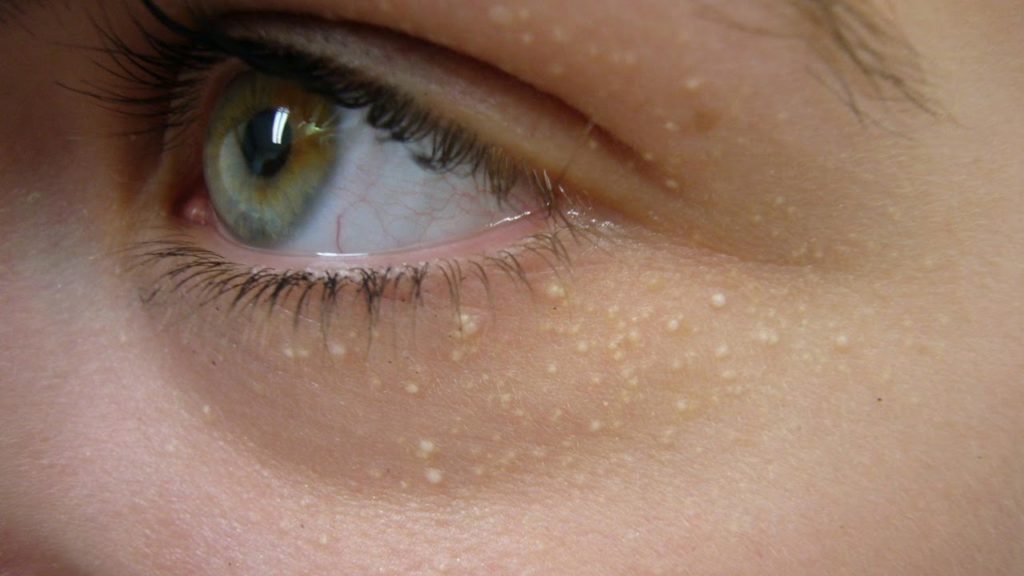


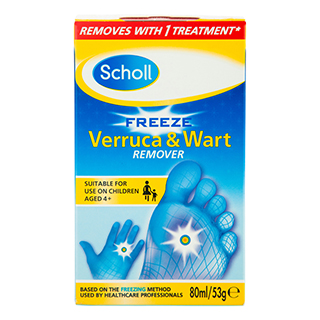


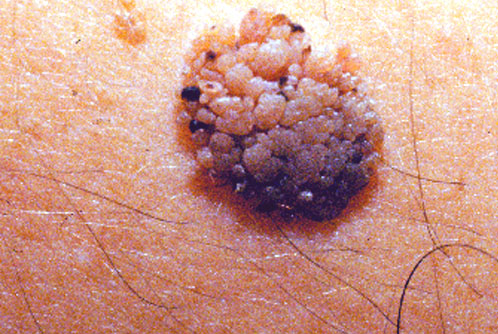
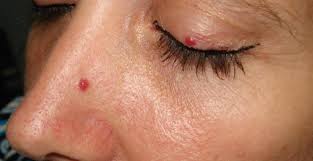
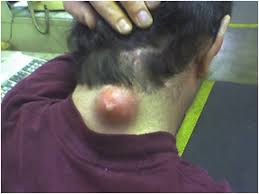
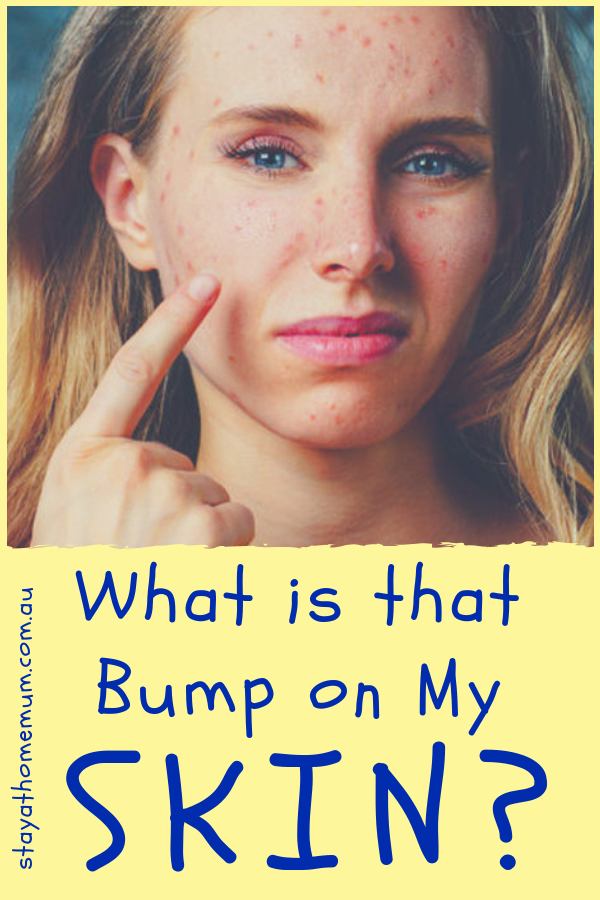

 Top 14 Online Adult Shops in Australia
Top 14 Online Adult Shops in Australia  List of Environmentally Friendly Disposable Nappies (and...
List of Environmentally Friendly Disposable Nappies (and...  List of the Best Weight Loss Shake...
List of the Best Weight Loss Shake...  Where to Buy Wholesale Vibrators to Sell...
Where to Buy Wholesale Vibrators to Sell...  Our Honest Bed Threads Review 2021
Our Honest Bed Threads Review 2021 